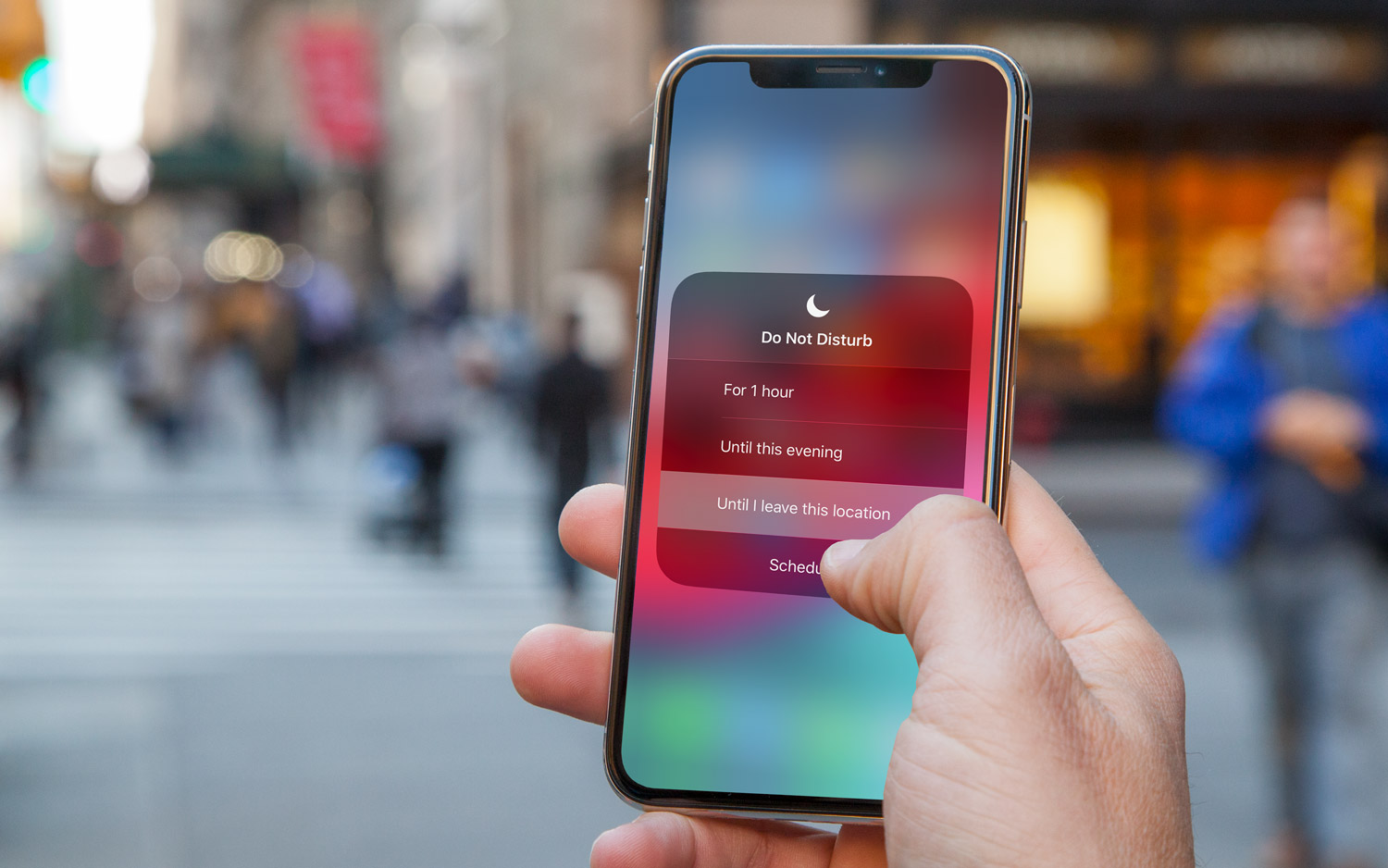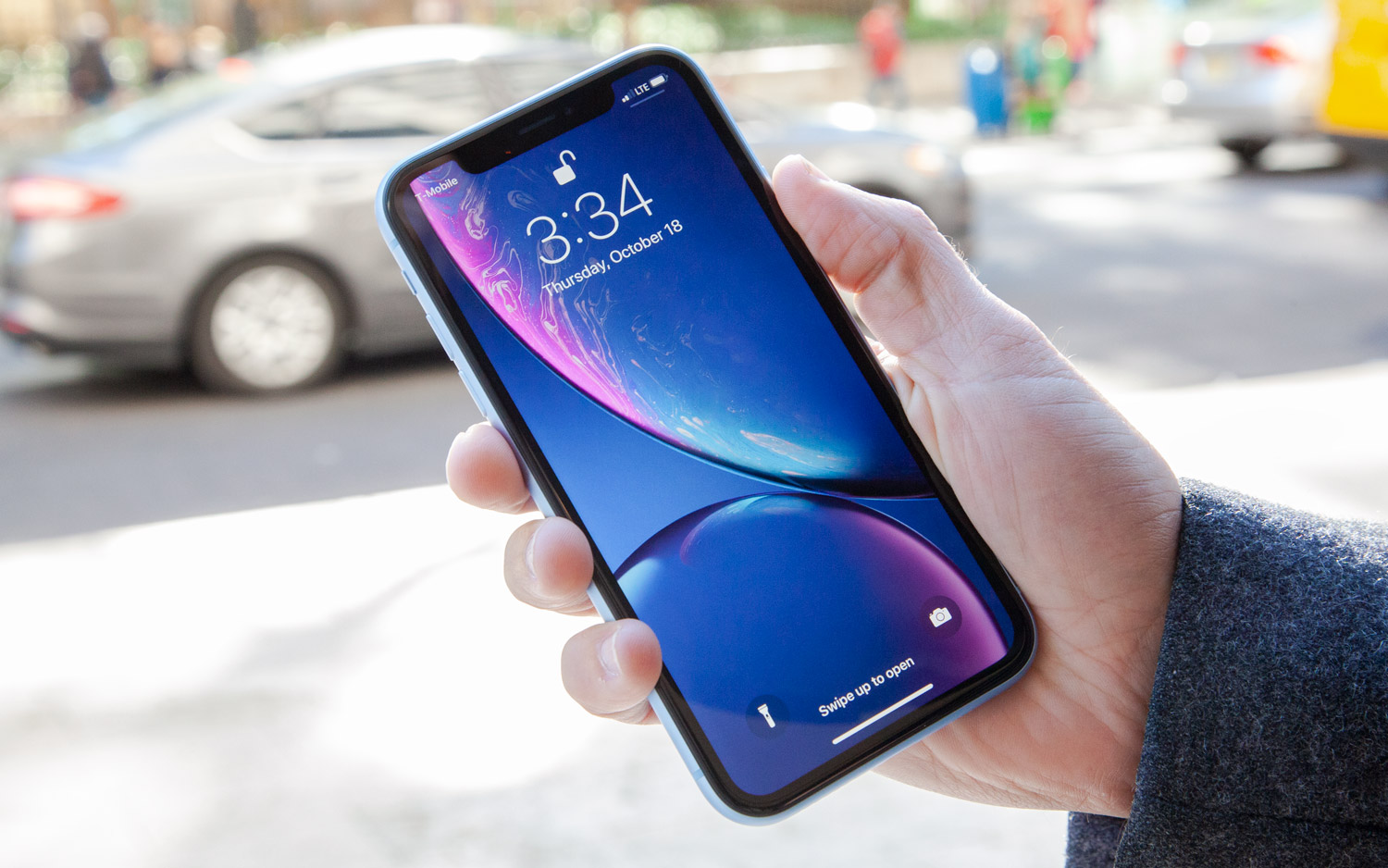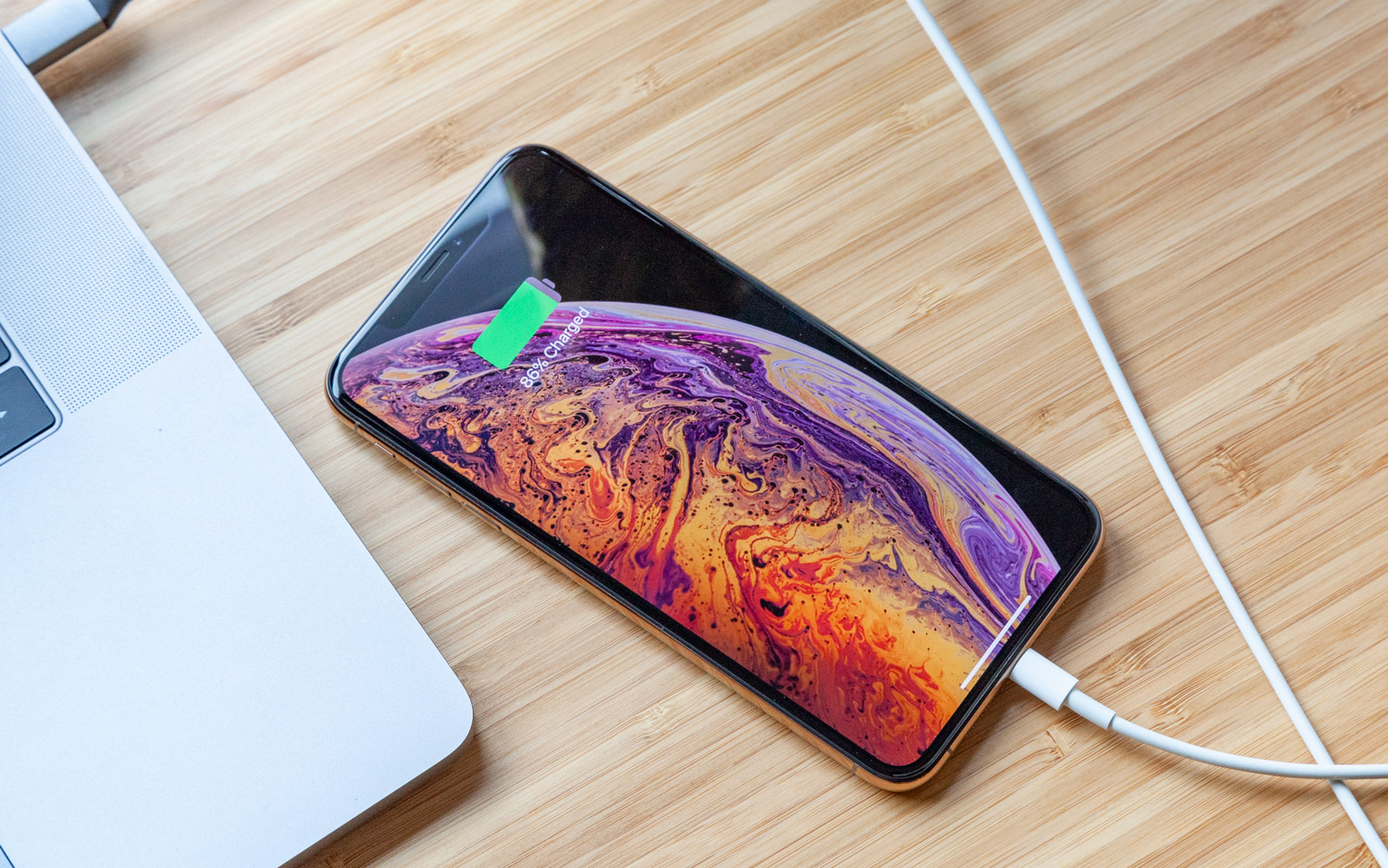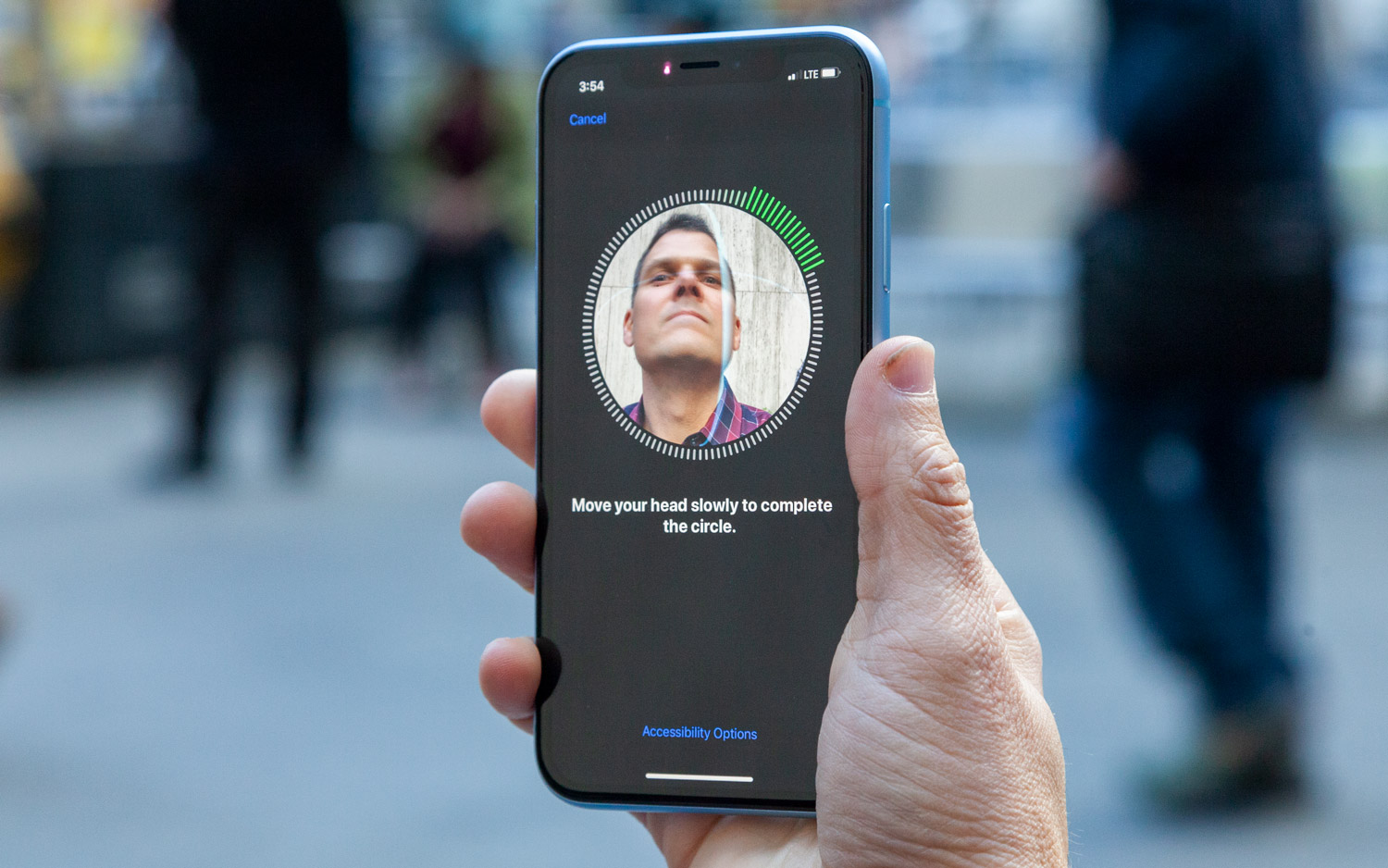5 Things the 2019 iPhone Really, Really Needs
The iPhone XS, XS Max and XR are great phones, but demand seems to be lacking. Apple should work on this to-do list.
Let's face it. The iPhone XS, iPhone XS Max and iPhone XR are very good evolutionary handsets, but they're not revolutionary ones. And based on Tim Cook's confirmation of slowing iPhone sales, it seems that a lot of people are content to hold on to their older handsets.

What can Apple do to convince people to upgrade? I don't think the company needs to go crazy with foldable screens or even 5G (at least not yet). Here are five things the 2019 iPhones really need to add to win shoppers over.
Alexa integration with Siri
If you can't beat them, join them. We have now reached that point with Siri. Google is so much further ahead in terms of what Google Assistant can do, the only way Apple can catch up is by partnering with Amazon. I'm not saying Apple should kill Siri altogether, just work with Amazon so that Siri can handle Alexa queries.

For example, add support for commands like "Siri, ask Alexa to turn on the Christmas lights." Or "Siri, tell Alexa to add paper towels to my shopping list." Yes, invoking two assistant names in the same query is awkward, but it would go a long way toward adding a lot more skills to Siri's repertoire — especially for commands beyond controlling your iPhone.
Longer battery life
A not-so-funny thing happened when we tested the battery life of the iPhone XS and XS Max. On our web-surfing test, the iPhone XS lasted for 9 hours and 41 minutes, which is actually 10 minutes less than last year's iPhone X. That makes it the first iPhone we've ever reviewed that actually performed worse than its predecessor in terms of endurance.
The iPhone XS Max lasted for a better 10:38, which is above the 9:48 average but not stellar, while the iPhone XR lasted an excellent 11:26. Still, you shouldn't have to buy a big-screen iPhone to get long battery life, nor should you have to settle for an LCD panel over an OLED one.
Apple would be wise to roll out more features to save you juice even before low-power mode kicks in. For example, a dark theme for apps is a good idea, since OLED screens use a lot less power when displaying blacks.
Get instant access to breaking news, the hottest reviews, great deals and helpful tips.
MORE: Smartphones with the Longest Battery Life
Better camera (especially in low light)
Thanks to features like Smart HDR, the cameras on the iPhone XR, XS and XS Max deliver the best image quality ever from Apple. And yet, Google still reigns supreme with the Pixel 3 and Pixel 3 XL. Based on our testing, the latest Pixels are the best camera phones .

Where the latest iPhones fall behind is in low-light situations. The Pixel 3 uses a new Night Sight mode to boost brightness and detail in close to complete darkness, which demonstrates Google's advantage in AI and machine learning. You simply don't need a flash. If Apple's going to keep pace — or even leap ahead of Google's phones — the next iPhones will need upgraded hardware and software to produce better photos when the lights are low.
A smaller screen option
Think about this. The most affordable new iPhone has a 6.1-inch display. For people who previously owned a 4.7-inch iPhone 7 or iPhone 6s, that's a huge leap to make. Want a smaller new iPhone? You'll have to spend $999 for the 5.8-inch iPhone XS. You shouldn't have to fork over a grand to use something comfortably with one hand.

To be fair, Apple still offers smaller phones in its lineup, including the 4.7-inch iPhone 8 for $599, but it has those unsightly bezels and doesn't offer the same faster processor or improved cameras that come with the iPhone XS and XR. Call it Lite, Mini or I really don't care. There is still a demand for smaller phones, and Apple should still offer one.
Replace Lightning with USB-C fast charging
Yeah, you can fast charge the latest iPhones, but only if you spring for a higher-power charger and a USB-C-to-Lightning cable. On the next iPhones, Apple really needs to embrace USB-C fast charging out of the box.

Apple would also be wise to step up the charging speed, too. It's nice that you can currently get to 50 percent capacity after 30 minutes, but phones like the Huawei Mate 20 Pro can reach 70 percent charge in the same amount of time.
Bonus: Touch ID
I know several people who bought the iPhone XR or XS and simply didn't enable Face ID. It creeps them out. The technology works well, but millions of people grew comfortable unlocking their phones with a simple press on the Home button, and I suspect that lots of folks miss that functionality. Samsung is likely embracing an ultrasonic fingerprint reader underneath the display for the Galaxy S10, but it's not clear whether Apple will go a similar route for 2019.

The good news? Apple was recently issued a patent for potentially enabling Face ID and Touch ID on the same device. I think consumers would prefer a choice.
Credit: Tom's Guide
Mark Spoonauer is the global editor in chief of Tom's Guide and has covered technology for over 20 years. In addition to overseeing the direction of Tom's Guide, Mark specializes in covering all things mobile, having reviewed dozens of smartphones and other gadgets. He has spoken at key industry events and appears regularly on TV to discuss the latest trends, including Cheddar, Fox Business and other outlets. Mark was previously editor in chief of Laptop Mag, and his work has appeared in Wired, Popular Science and Inc. Follow him on Twitter at @mspoonauer.

